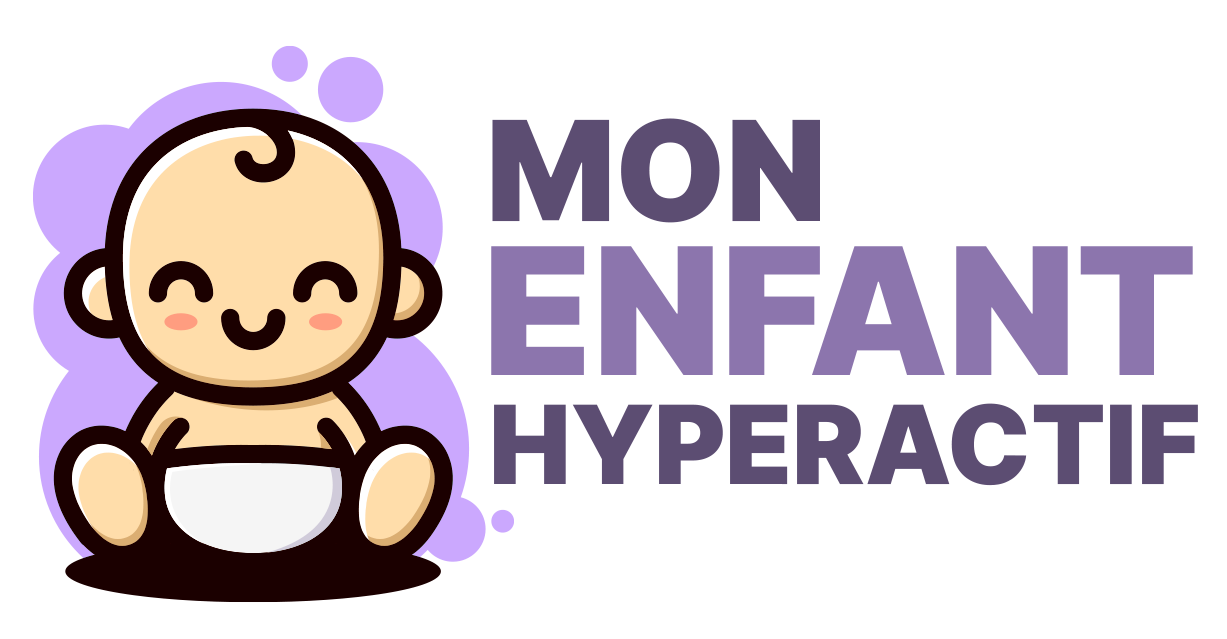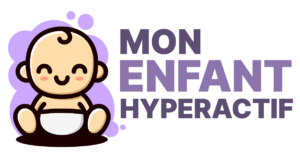Children with ADHD have trouble concentrating, sitting still and being quiet. They are often disorganized and often forget to do things. Some children with ADHD also have trouble sleeping.
10 tips to help your ADHD child fall asleep
Sleep is crucial to your ADHD child's health and well-being. Here are some tips:
- Establish a bedtime routine that is calm and soothing. This means that you should avoid letting your ADHD child watch television or play video games before bedtime.
- Encourage your child to exercise during the day to burn off excess energy.
- Give your ADHD child a warm bath before bedtime to relax his or her muscles.
- Reading a bedtime story to your child can help calm his or her mind and encourage sleep.
- Teach your ADHD child some relaxation techniques, such as deep breathing or visualization.
- Turn off all light sources in the bedroom to create a dark and quiet environment.
- Encourage your ADHD child to get up and move around if he or she wakes up during the night and can't get back to sleep.
- Implement a healthy sleep regimen for your ADHD child by encouraging him or her to go to bed and get up at regular times.
- Avoid giving your ADHD child food and drinks containing caffeine before bedtime.
- Talk to your doctor if your ADHD child has trouble sleeping and is at risk for sleep apnea.
It is important to ensure that your ADHD child has an environment that is conducive to healthy, restful sleep. Create a bedtime routine that will help them relax and fall asleep. Make sure there are no distractions in his room, such as television or video games. Encourage exercise during the day to deplete his energy and promote deep, restful sleep.
Other tips to help your child sleep
Staying with him, accompanying him
To be with him will not be only by telling him a story even if it is excellent. It is not enough for them and then it is still in the "doing". We must accompany them in the fact of settling down and stopping. It is no longer in the action that it happens but in the "being". And for that, it requires that the parent himself or herself stops and rests.
The hand on the abdomen and the other at the same height in the back
An excellent gesture that helps to settle down and calm down, as much for the parent as for the child, is to put one of your hands on his abdomen at the level of the navel and the other hand on his back at the same height. Then you center yourself on what you feel in your hands, closing your eyes if necessary and remaining silent. If the child speaks to you, you listen to him but you do not feed the conversation at this time. You simply take the time to be.
You will see that little by little, the child calms down and this gesture recreates a very strong link between the parent and the child, a bit like the umbilical cord that linked the mother to the child in utero.
The abdomen is also the seat of emotions where many tensions and knots come to lodge; this gesture will help to untie these knots, and allow the energy to circulate better.
One hand on his forehead and the other on his neck
This gesture calms the little bike that never stops in the head as well as the tensions of the upper back. A few minutes are enough.
I see that in the adults who come for coaching or care, it does them a lot of good too. Especially for people who carry a lot in their lives...
So, I invite you now to "devote" 5 more minutes with your child during the ritual of falling asleep and to test one day one gesture, one day the other.



